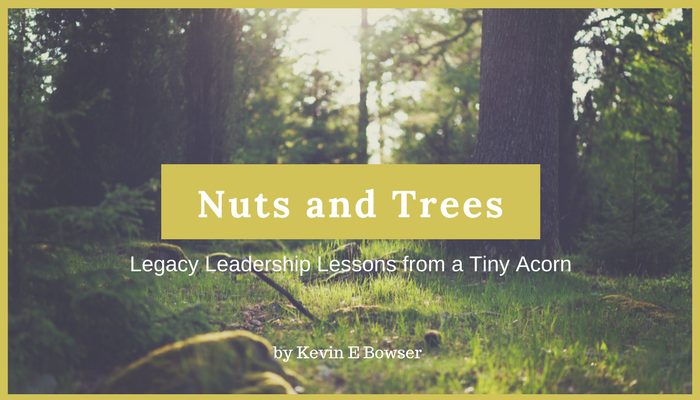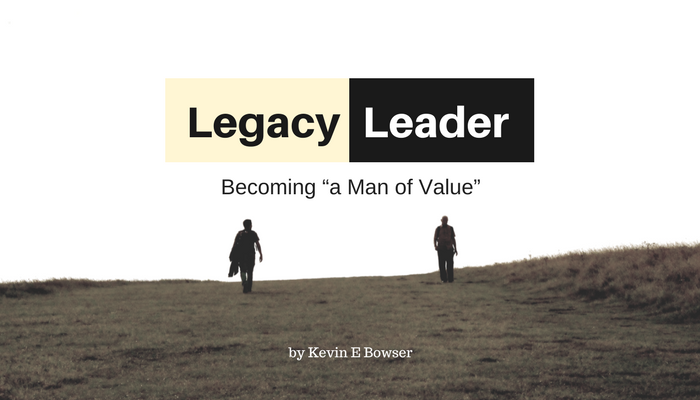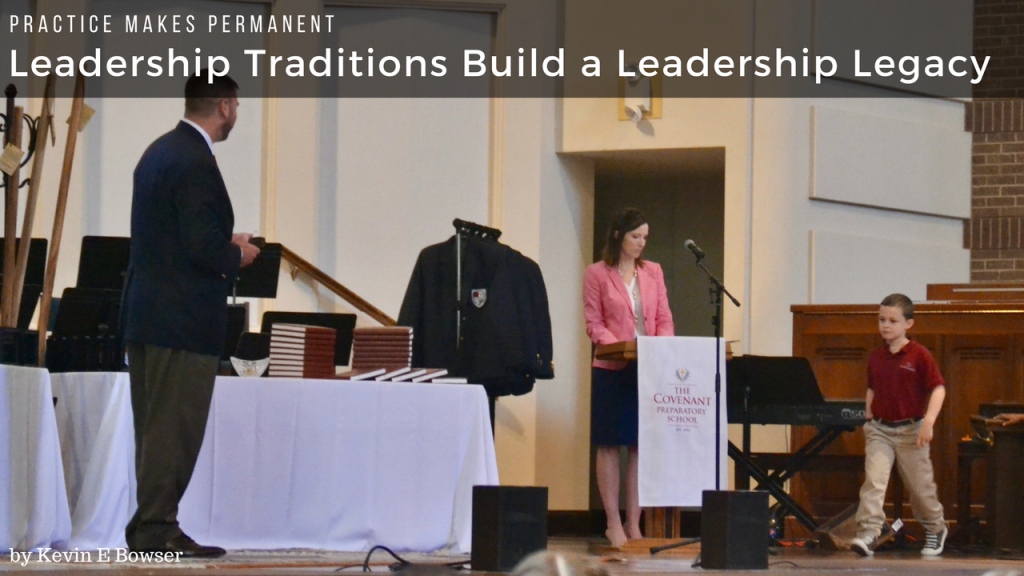
In all things give thanks… The five year old just celebrated her birthday. She received a predictably mountainous and diverse pile of presents from family and friends, and we had a princess party with Rapunzel wigs, manicures, make up, and an assortment of little princess activities. As any parent might, we made a big deal out of her day. Yet as her daddy, I asked myself before the party and after: what lessons are my little girl learning from this showering of attention and gifts, and are those lessons the right ones?
There are obvious lessons: I am special. I am loved. I am blessed. I am liked. My life is appreciated.
There are subtle lessons: Some people brought me nicer gifts than others. Some people seem to be having a better time than others. Some people seem to be sad (or angry) that I am the one receiving all the attention. Some people wish they had my toys.
And there are some lessons that are insidious: I didn’t get as many presents as my older sister got at her birthday. I think the present I got my friend for her birthday party is better than the one she got me. The party I went to last month was much more fun than my party. I don’t have as many friends as some of my other friends do.
You get the idea – all of these are non-specific and all of them apply. I am amazed as a still-rookie Daddy that these lessons are taught and learned at such a tender age. Yet it is my responsibility to lead my family through them: contentment, envy, fairness, jealousy, joy… but our focus for today is gratitude. As you develop a plan for teaching your kids to be grateful, consider these things:
1. You can’t teach what you don’t know.
Before you can teach anything to anyone – and especially your kids – you’re going to need to understand what it is you are teaching them. The word “gratitude” come from the same latin root word from which we derive the word “grace”. Although grace and gratitude don’t share precisely the same meaning, they are two sides to the same coin. Indeed, one could make a strong case that the proper response to grace is gratitude.
So, start like this: make a list of the graces you experience in your own life. Life itself is a good place to start, and while you are at it, think of other people who have led you, and taught you, and corrected you. And maybe even consider how people who have been less than gracious to you have shaped you in ways that have somehow or another worked out well. You can continue from there. Perhaps (and hopefully!) your children themselves are high on this list. Make certain that you consider how the people in your life figure into the grace/gratitude spectrum. This could as easily be called “counting your blessings”, but your list will have greater meaning to you and your kids if you write it down.
Click here to read the rest of the article »
Caring is sharing. Will you please share this with your network?










